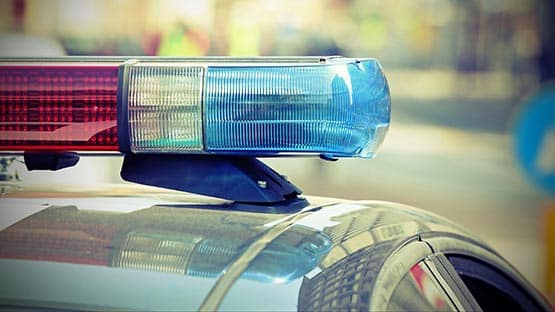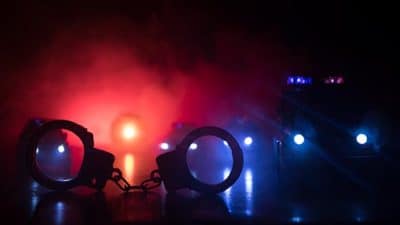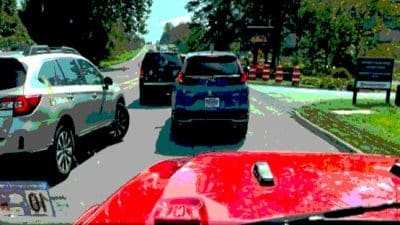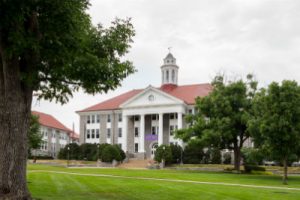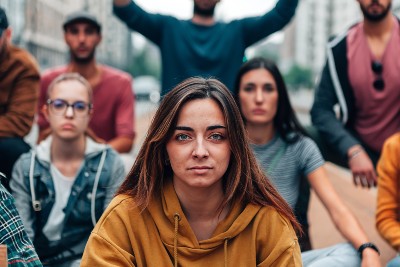
Aquilino Gonell felt rage. The U.S. Army veteran and 16-year member of the Capitol Police force was listening to Cassidy Hutchinson tell the House Select Committee to Investigate the January 6 Attack how Donald Trump had spurred on his followers even though he knew many were armed.
Sitting in on that June 28 hearing, Mr. Gonell later explained his reaction: “of course, I never would have imagined that an American president would not only not come to the aid of law enforcement officers defending the Capitol but encourage that crowd to march on it. Instead of being notified about the danger, my colleagues and I were kept in the dark and thus walked into an ambush.”
Mr. Gonell sustained injuries that required multiple surgeries, left him in chronic pain, and cut short his career. As with so many others, including the five Capitol police officers who died (four by suicide) as a result of that day, Mr. Gonell encountered the full force of a political violence unleashed by the former president.
In response to the violence, the Jan. 6 committee made significant strides in documenting the administration’s role in fomenting and orchestrating the mayhem, in laying the groundwork for potential legal action, and in raising awareness of the threats posed to democracy by the January 6 insurrection. But political violence continues, appearing, for example, in hundreds, if not thousands, of threats to election workers, threats that reportedly have caused many workers to resign their posts.
It’s time to bring forth a more comprehensive vision, a vision not invoked very frequently, if at all, in recent mainstream political discourse. It’s a vision of nonviolence.
Now, when many people think of nonviolence, they may call to mind nonviolent actions or campaigns that resulted in profound transformations, e.g., Gandhi’s Salt March (1930), or the Montgomery Bus Boycott of 1955-56, or the marches that helped spur the passage of the Voting Rights Act of 1965.
But Gandhi, Martin Luther King, and others knew well that nonviolence is more than a repertoire of collective actions; it derives its power from the application of certain principles, including the importance of overcoming injustice rather than defeating an adversary. Time after time, this principle, combined with a disciplined refraining from violence of any kind, helped maintain a laser-like focus on the injustice at hand.
Whereas violence draws its power from fear in order to intimidate, nonviolence appeals to truth, representing the power to heal, to uplift, and to restore community. This stark contrast gives to us a precise measure of the ethical uses of power, offering a moral compass that points the nation in a direction of enlarged, not diminished, human possibilities.
To some, such ideas may seem lofty in a country where violence and violence-wielding heroes are celebrated in film, video, video games, and in countless other cultural forms. But nonviolence is ultimately about action. Skilled practitioners of nonviolence understand the strategic and collaborative dimensions of nonviolent campaigns and movements: the need for intense democratic discussion and analysis, the necessity for well-thought-out strategy based on the needs and priorities of a particular time.
There is, for example, a broad-based coalition that has mobilized behind a piece of federal legislation named for an individual whose courage and commitment to nonviolence had much to do with the advance of voting rights in America: the Freedom to Vote: John R. Lewis Act. Though the act was narrowly defeated in the Senate, this coalition continues to work to promote this legislation as a way of restoring and protecting voting rights in the face of powerful vote-suppression efforts.
Of course nonviolence is not only about voting rights. With a little searching, one will find that nonviolence today is a robust and vibrant form of power, with groups and organizations from around the world working creatively on behalf of such issues as climate justice, workers’ rights and migrants’ rights, racial justice, gender justice, reproductive rights, and indigenous rights. Certainly not all movements and campaigns succeed within particular periods of time, nor does nonviolence as a form of action and as a philosophy offer a “roadmap” to specific outcomes. But it does point to an alternative kind of future – a way out of the abyss that the Jan. 6 hearings have so clearly displayed before us.
Andrew Moss, syndicated by PeaceVoice, is an emeritus professor (English, Nonviolence Studies) at the California State Polytechnic University, Pomona.



